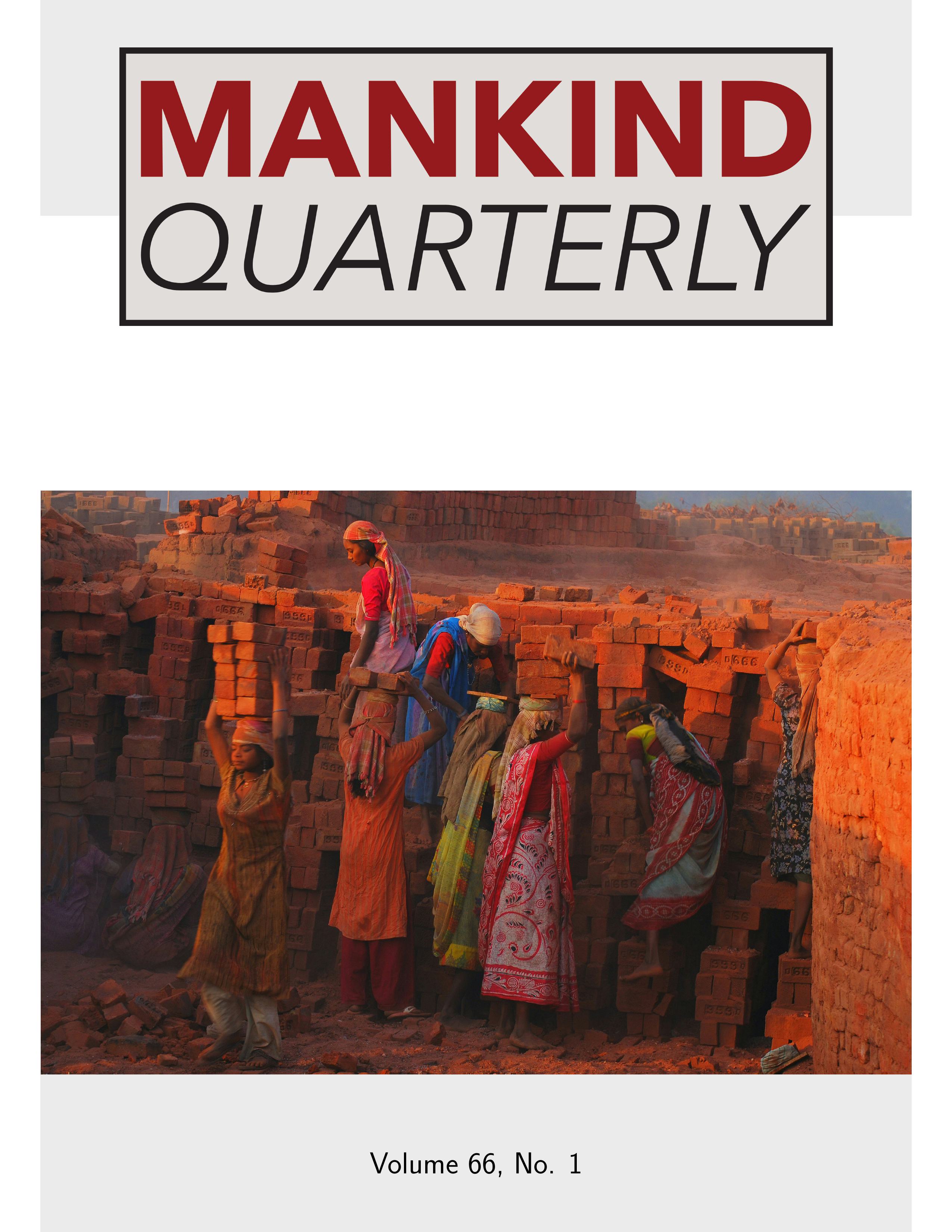Home > Archive > Volume 62, No. 1 > This paper
More Research Needed: There is a Robust Causal vs. Confounding Problem for Intelligence-associated Polygenic Scores in Context to Admixed American Populations
John G.R. Fuerst, Emil O. W. Kirkegaard and Davide Piffer
Published: 2021/09/01
Abstract
Amongst admixed American populations, polygenic scores for educational attainment and intelligence (eduPGS), genetic ancestry, and cognitive ability covary. We argue that this plausibly could be due to either confounding or to causally-relevant genetic differences between ancestral groups. It is important to determine which scenario is the case in order to better assess the validity of eduPGS. We investigate the robustness of the confounding vs. causal concern by examining, in detail, the relation between eduPGS, ancestry, and general cognitive ability in East Coast Hispanic and non-Hispanic samples. EduPGS predicted g among Hispanics (B = 0.175, N = 506) and all other groups (European: B = 0.230, N = 4914; European-African: B = 0.215, N = 228; African: B = 0.126, N = 2179) with controls for ancestry. Path analyses revealed that eduPGS, but not skin color, partially statistically explained the association between g and European ancestry among both Hispanics and the combined sample. Also, we were unable to account for eduPGS differences between the main ancestral populations using common tests for ascertainment bias and confounding related to population stratification. Overall, our results suggest that eduPGS derived from European samples can be used to predict g in American populations. However, owing to the uncertain cause of the ancestry-related differences in eduPGS, it is not yet clear how the effect of ancestry should be handled. We argue that causally-informative research is needed to determine the source of the relation between eduPGS, genetic ancestry, and cognitive ability. Keywords: Education, Intelligence, Polygenic scores, Hispanics, African-Americans, Philadelphia
Download PDF Download Supplementary PDF
